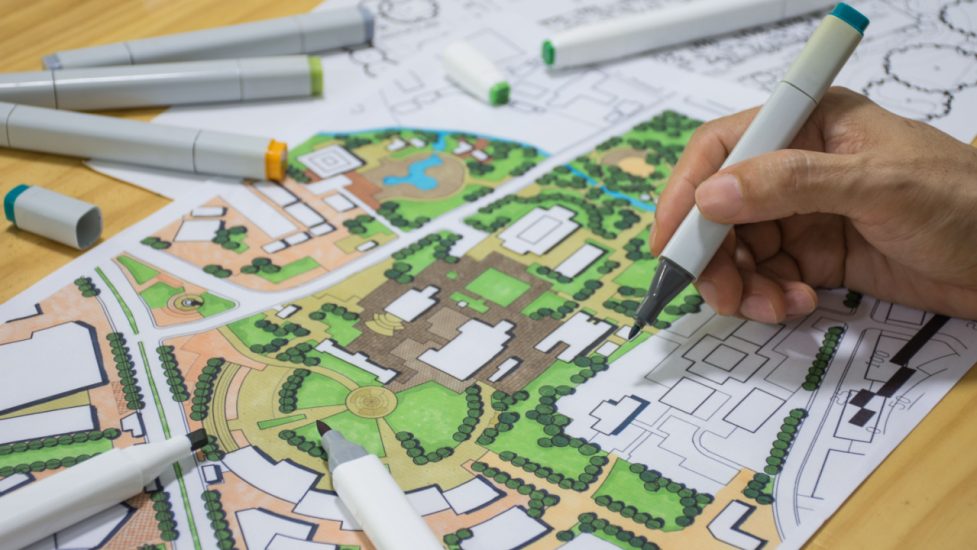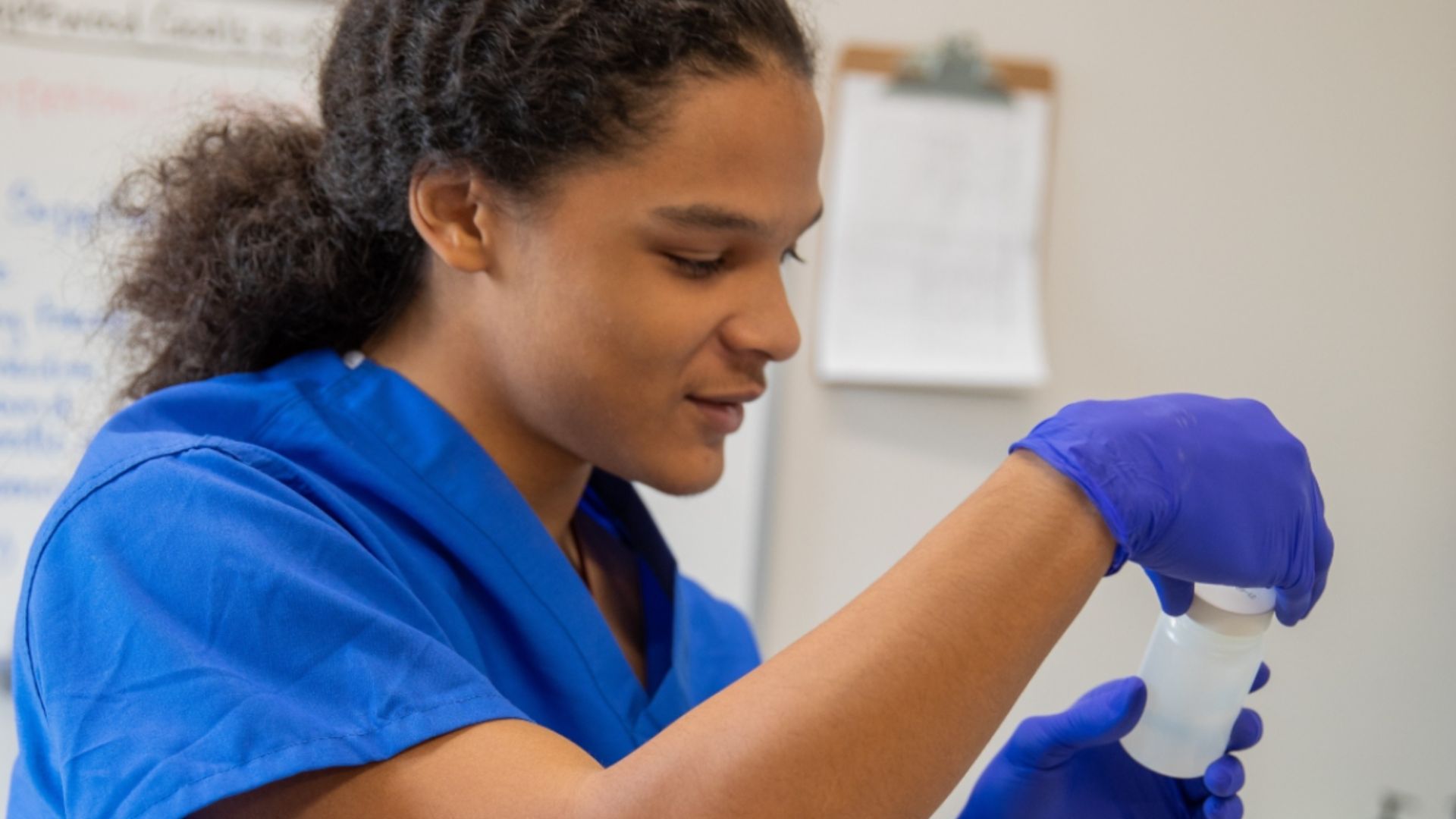The younger generation is often looked upon as the catalyst for social change in communities. Their recent impact has been noted – social justice, gender equity, and more. But should they make decisions on traffic flow? Park elements and placement? Building reuse?
A volunteer program through the Urban Land Institute (ULI) does just that – puts in the hands of high school and college students the decisions for a five-and-a-half block neighborhood. The students’ goal is to develop a financially viable area, generate investment in the properties, allocate affordable housing, deliver utilities, and earn a certification as an eco-district. The program is called UrbanPlan.
“They learn about their role in shaping their communities. We hope they become engaged and informed citizens,” says Sophie Lambert, vice president for UrbanPlan.
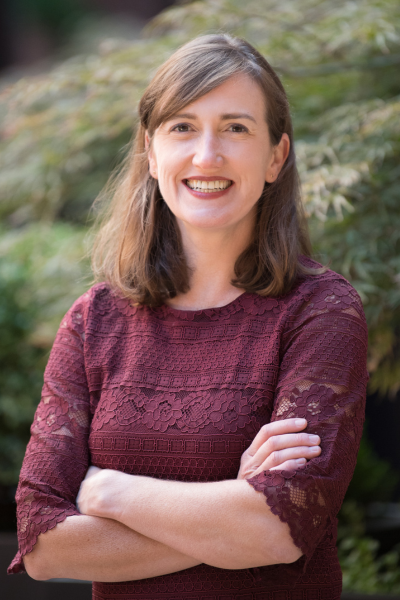
UrbanPlan started in 2001 at the University of California, Berkeley. ULI members from various disciplines of the land use industry including real estate developers, urban planners, and nonprofit partners volunteer as instructors leading students through real-life scenarios. Divided into teams of five, each student takes on a different role to develop a fictitious neighborhood in a fictitious city.
“The students grapple with problems real cities manage, while considering stakeholder groups they need to balance. For example, of the three of the existing buildings (in the fictitious neighborhood), one is designated as historic,” says Lambert. “There are a lot of different decisions. Roles have tradeoffs and compromises.”
The volunteer instructors share their expertise and meet with the teams as they develop their proposals. Teams come up with 3D site plans, a financial model, and visions for the site. ULI experts then serve as the “city council” to hear the final proposals, which mimics the process of how development proposals are selected.
The Importance of Young People’s Voices
“Every community needs to hear more about what the future should look like from young people, such as high school students. The UrbanPlan program equips young people with the knowledge and tools to shape the communities they live in,” says Victor Negrete, manager of inclusive economic growth for the Southern California Association of Governments (SCAG), and volunteer UrbanPlan instructor.
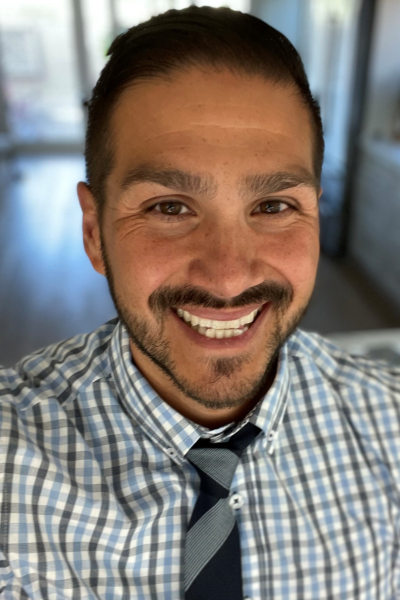
“If all the UrbanPlan program taught was the importance of letter writing to decision-makers, it would be a success from this perspective. For an individual student’s life, it may open their eyes to a new career they had not previously considered.”
Negrete’s role with SCAG is to lead a team that is responsible for implementing projects identified in the organization’s Inclusive Economic Recovery Strategy (IERS). The IERS was adopted in July 2021 as a guide for ensuring that economic recovery from the impacts of COVID-19 includes all of the region’s residents.
The projects his team is currently working on range from career pathway analyses with community college partners, to development of inclusive procurement toolkits for local government agencies, to addressing the unique needs of tribal communities for economic development data, among others. Negrete incorporates his real-world experience building inclusivity in communities.
He has participated in UrbanPlan programs at Laguna Beach High School and Samueli Academy in southern California for juniors and seniors. Typically, the program is part of government, economics, or design courses.

Real-Life Learning
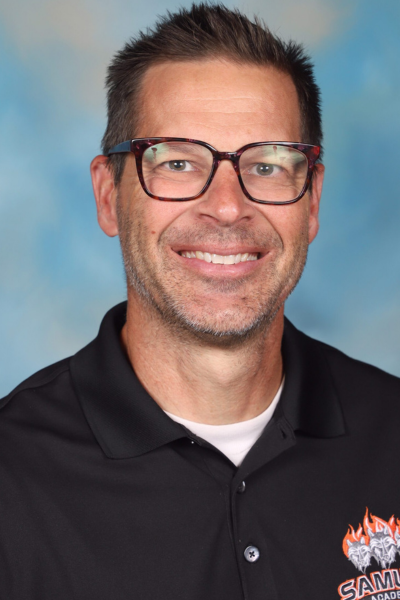
“This type of program is vital to project teaching and amazing for authentic learning. Having professionals from the industry come to our school and provide real-life advice is the experience we strive for,” says Erik Pederson, political studies and economic literacy co-facilitator for Samueli Academy.
“I think the students enjoy the opportunity to do something so real-life to them. They can reflect on their own communities and see how things like gentrification can impact their environment.”
The program has inherent diversity, equity, and inclusion lessons. A grant from the Robert Wood Johnson Foundation in 2019 enabled ULI to increase the equity knowledge of volunteers, diversify volunteers, update the curriculum, and increase the number of schools serving majority BIPOC populations.
Optional lessons on the history of urban development address redlining, construction of highways, and covenants that led to the disenfranchisement of some communities.
“I believe it is important for everyone to understand how the built environment around them is shaped. There are crucial, often difficult, choices made every day about what gets built where, and for whom. These choices are influenced by a variety of factors – financial, market, social, political, and environmental,” says Negrete.
“The UrbanPlan program allows participants to step into a real-world-inspired scenario that requires them to think critically, make tough decisions, and confidently present the best vision they develop – as part of a team – for the future of a community.”
At universities, UrbanPlan has been part of design, architecture, engineering, and law classes. In both the high schools and colleges, the program is free and exposes students to careers in commercial real estate development, investing, appraising, and property management. Important skills like public speaking, critical thinking, and teamwork are part of the process.
Civic leaders and public officials can participate in a workshop format of UrbanPlan for a small fee. After almost 20 years as a national program, it’s reached almost 70,000 students in 35 regions across the country.
“People will come to experience with different points of knowledge than others. It might spark interest in the field,” says Lambert. “At least hopefully it enables them to say ‘Oh, I have a greater understanding why that retail space might be vacant or why we don’t have a park, or why I’m hearing about affordable housing development in my community and why that might be important.’ Hopefully, makes them aware of roles they can play in shaping their community.”

